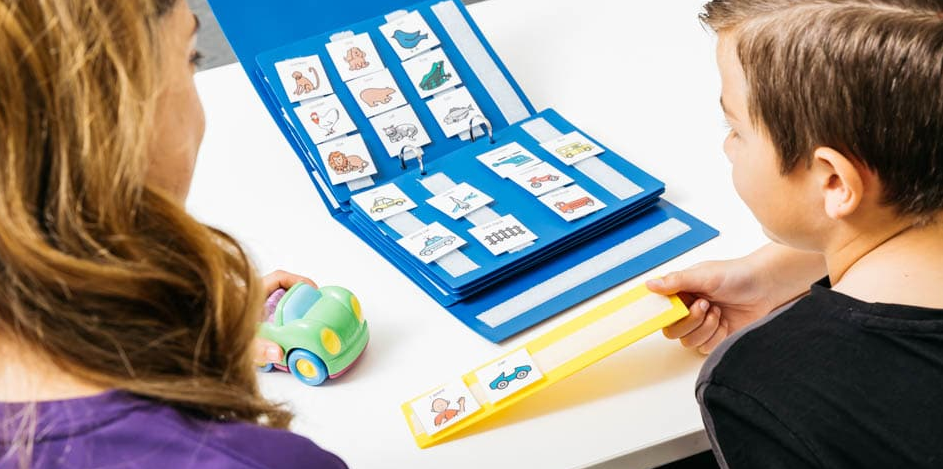Introduction
Autism Spectrum Disorder (ASD) is a neurological condition impacting communication, social skills, and behavior. In the United States, approximately 1 in 68 children receives a diagnosis of ASD, highlighting the need for support in various caregiving environments. This guide welcoming a child with autism, aims to assist teachers, doctors, caregivers, and foster families in preparing for and smoothly transitioning a child with ASD into their homes, focusing on the effective application of Applied Behavior Analysis (ABA) strategies.
Understanding ABA Therapy Autism
Understanding ABA Therapy Autism intervention often centers around ABA, a scientifically backed approach endorsed by the U.S. Surgeon General. ABA emphasizes building positive associations, consistency, and routine in an individual’s life. Trained professionals with ABA certificates or Registered Behavior Technician (RBT) training, under the supervision of a Board Certified Behavior Analyst (BCBA), typically conduct ABA programs. Nevertheless, parents can apply ABA principles to promote compliance and alleviate anxiety in their children.

Preparation through Social Stories
Preparation through Social Stories Preparing a child with ASD for a transition involves using Social Stories, a proven method for introducing new scenarios or environments. Crafting stories customized to the child’s experiences, these narratives incorporate images of both their present and future homes. Regular reading and discussion of these stories allow the child to ask questions and express their feelings about the upcoming changes.

Pairing for Positive Reinforcement
Pairing for Positive Reinforcement The process of “Pairing” involves establishing oneself or aspects of the environment as positive reinforcers. Engaging in fun interactions, especially before a move, helps alleviate anxiety for the child. This strategy contributes to compliance and improves the overall experience for both the caregiver and the child.

Embrace the unique brilliance of every child with autism, for in the tapestry of diversity, we weave a world of understanding and acceptance.
Stuart Duncan
Reinforcement Systems for Consistency
Positive reinforcement is a foundational element of Applied Behavior Analysis (ABA), playing a crucial role in establishing trust and rapport. Various systems, such as sticker charts, token systems, and contracts, are employed to ensure consistency and structure. These tools not only facilitate effective communication but also enhance understanding, particularly beneficial for children diagnosed with Autism Spectrum Disorder (ASD).

Assistive Communication Strategies
Assistive Communication Strategies Approximately 25% of individuals with autism face communication deficits. Understanding the child’s existing communication method in advance facilitates effective communication. Assistive communication tools like sign language, picture-based systems, and voice-output devices prove beneficial in understanding and meeting the child’s needs.

Emotion Regulation and Calming Techniques
Assisting children with Autism Spectrum Disorder (ASD) in handling anxiety and frustration requires creating a secure environment for emotional regulation. Teaching effective emotion-regulation techniques during calm periods and integrating visual aids into the process can prove highly beneficial for both the child and the family. This enhances their ability to navigate and cope with challenging situations more effectively.

Conclusion
By implementing these ABA strategies, caregivers can ensure a smooth transition for a child with ASD into their homes. Creating a welcoming environment for a child with autism is more effective and supportive when employing these approaches. In situations where challenges arise, seeking assistance from professionals with ABA training and autism certification, such as BCBA or RBT, is recommended.
Source
- American Psychiatric Association. (2013). Diagnostic and Statistical Manual of Mental Disorders (5th ed.). Arlington, VA: American Psychiatric Publishing.
- National Institute of Mental Health. (2021). Autism Spectrum Disorder. Retrieved from https://www.nimh.nih.gov/health/topics/autism-spectrum-disorders-asd/index.shtml
- Centers for Disease Control and Prevention. (2021). Autism Spectrum Disorder (ASD). Retrieved from https://www.cdc.gov/ncbddd/autism/index.html
- Smith, T. (2001). Discrete trial training in the treatment of autism. Focus on Autism and Other Developmental Disabilities, 16(2), 86-92.
- Lovaas, O. I. (1987). Behavioral treatment and normal educational and intellectual functioning in young autistic children. Journal of Consulting and Clinical Psychology, 55(1), 3-9.
- National Autism Center. (2009). National Standards Project: Findings and conclusions. Randolph, MA: National Autism Center.







